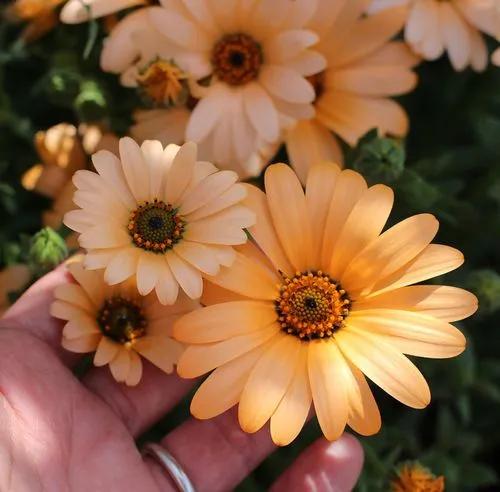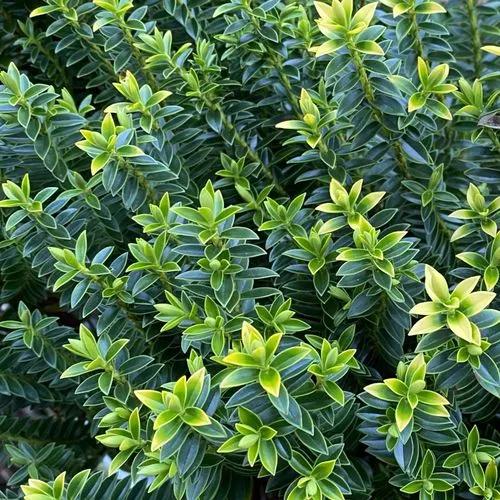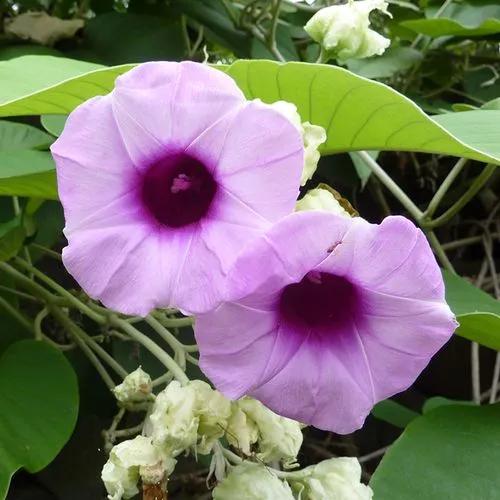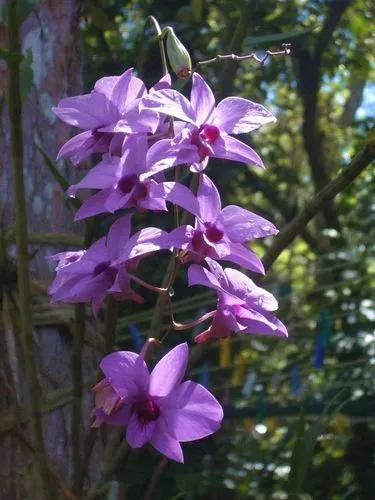Euphorbia cotinifolia is a broadleaf red shrub native to Mexico and South America. Treated as a shrub, it reaches 10 to 15 ft (3.0 to 4.6 m) but can be grown as a tree reaching 30 ft (9.1 m). Small white flowers with creamy bracts bloom at the ends of the branches in summer. The purplish stems, when broken, exude a sap that is a skin irritant.
Smoketree Spurge Care
Euphorbia Cotinifolia



Euphorbia cotinifolia, commonly called smoketree spurge, tropical smokebush or Caribbean copper plant, is a thin-leaved, sometimes deciduous, tropical shrub or small tree that is noted for its attractive burgundy-red foliage. It is native to Mexico. As a shrub, it typically grows to 10-15' tall. It may be trained as a tree with growth to as much as 30' tall. Container plants grown as annuals are much shorter. Purplish stems are clad with broad-elliptic to round leaves (to 4 1/2" long). that emerge red but mature to dark burgundy. Small white flowers (individual flowers lack petals) in loose panicles bloom at the branch ends in summer. Flowers are subtended by white to creamy white bracts. Broken stems exude a white milky sap that is a skin irritant.The species is well known in Central America, where its poisonous sap has been used both as a medicine and a poison. As a medicine, it has been used in folk remedies as both an emetic and cathartic substance. Fishermen have been known to add the sap to water in fishing grounds to stun fish and force them to float to the top. It was also historically used as a poison for arrowheads by the natives of Curaçao.
How to Care for the Plant

Popularity

944 people already have this plant 165 people have added this plant to their wishlists
Discover more plants with the list below
Popular articles






